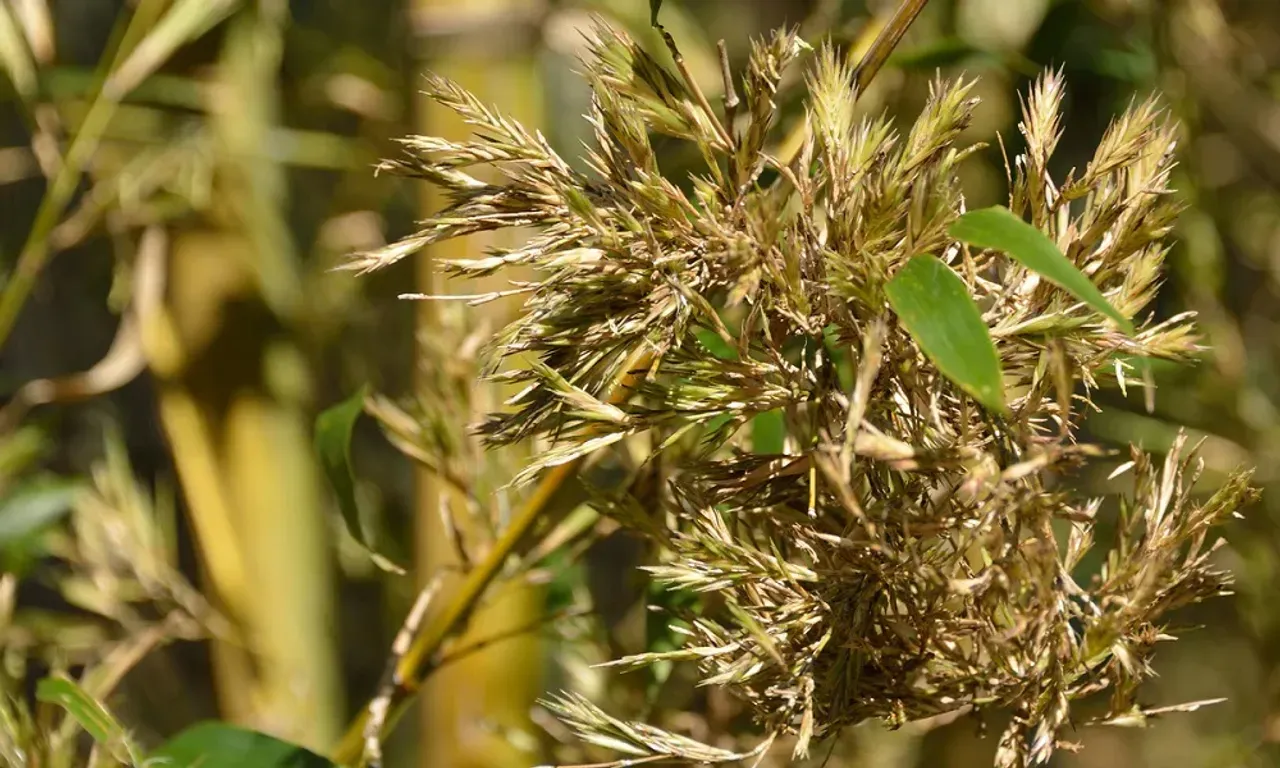Bamboo Rice (Moongil Rice)
Bamboo rice, a rare and nutritious grain harvested from the dying shoots of bamboo plants, is a lesser-known variety with a rich history and a host of health benefits. This special rice, often sourced from the forests of South India, is a sustainable and eco-friendly choice for your kitchen. Let’s explore the uniqueness of bamboo rice and how to cook it to perfection.
The Uniqueness of Bamboo Rice
Bamboo rice is not your everyday grain. It is collected from the seeds that bamboo plants produce at the end of their life cycle, typically every 40-60 years. This rarity makes it a prized possession in many tribal communities, where it is considered a gift of nature. Here are some of the notable characteristics of bamboo rice:
- Rich Nutritional Profile: Bamboo rice is a powerhouse of protein, fiber, and essential minerals like phosphorus and magnesium. It is also known for its low glycemic index, making it suitable for diabetics.
- Distinct Texture and Flavor: The grains are chewy and have a slightly sweet, nutty flavor, setting them apart from other types of rice.
- Eco-Friendly Harvest: The harvesting of bamboo rice is a sustainable practice that supports forest conservation and the livelihoods of indigenous communities.

Cooking Bamboo Rice
Cooking bamboo rice requires a bit of patience, as it has a firmer texture compared to regular white rice. Follow these steps to bring out its best qualities.
Ingredients:
- 1 cup bamboo rice
- 3 cups water
- Salt to taste (optional)
Instructions:
Rinse the Rice: Place the bamboo rice in a bowl and rinse it thoroughly under running water. This helps remove any dirt and impurities.
Soak the Rice: Soak the rinsed rice in water for at least 8 hours, or overnight. Soaking helps soften the grains and reduces cooking time.
Cooking on the Stove:
- Drain the soaked rice and transfer it to a heavy-bottomed pot.
- Add 3 cups of water for every cup of rice.
- Bring the water to a boil over medium heat. Once it starts boiling, reduce the heat to low and cover the pot with a lid.
- Let the rice simmer for about 30-40 minutes, or until the water is fully absorbed and the rice is cooked through. Check the rice periodically and add more water if needed.
- Once cooked, remove the pot from the heat and let it sit, covered, for another 10 minutes. This resting period allows the rice to fluff up.
Using a Pressure Cooker:
- After soaking, drain the rice and transfer it to a pressure cooker.
- Add 3 cups of water for every cup of rice.
- Close the lid and cook on medium heat until you hear the first whistle.
- After the first whistle, reduce the heat to low and cook for another 15-20 minutes.
- Turn off the heat and let the pressure release naturally before opening the cooker.
Fluff and Serve: Gently fluff the cooked rice with a fork. Serve hot with curries, stir-fries, or any dish of your choice.
Tips for Cooking Bamboo Rice
- Consistent Water Ratio: Ensure the right water-to-rice ratio for the best texture.
- Extended Soaking: The longer you soak the rice, the better the texture will be after cooking.
- Flavor Enhancements: You can enhance the flavor by cooking the rice with a bit of coconut milk or a few drops of sesame oil.
Explore More: For high-quality bamboo rice, visit RiceBee.in and discover a variety of traditional rice grains to enrich your diet.
Conclusion
Bamboo rice is a unique grain that offers a delightful change from regular rice varieties. Its distinct texture, flavor, and nutritional benefits make it a great addition to your diet. With these simple cooking instructions, you can enjoy the wholesome goodness of bamboo rice right in your kitchen.



